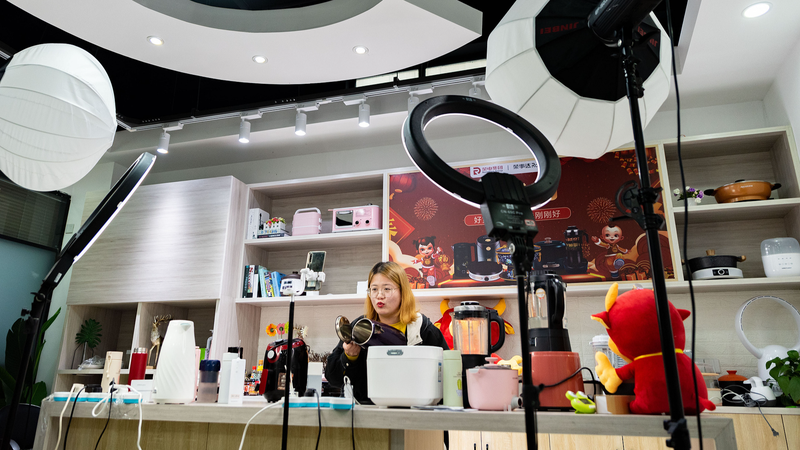Imagine Aisha, a young artisan in a remote village, selling handmade crafts to global customers via her smartphone. What was once a dream is now the reality of the digital era.
AI, big data, and digital platforms are reshaping global social, political, and economic structures. They carry the promise of expanding opportunities for women through education, entrepreneurship, and employment.
These twin forces – technology as both an accelerator of equality and a magnifier of inequality – will be in the spotlight at the Global Leaders' Meeting on Women, opening Monday to mark the 30th anniversary of the Fourth World Conference on Women. Delegates will explore how to scale up digital empowerment while tackling deep-rooted biases.
On the upside, online learning delivers world-class courses to women and girls far from urban centers. E-commerce lets female entrepreneurs tap international markets. In fields like data science, coding, and digital finance, women are carving out new spaces once closed to them.
But the road is uneven. The University of Oxford reports women in developing countries are nearly 20 percent less likely than men to use mobile Internet. Online spaces meant for dialogue can turn hostile, and algorithmic systems may replicate stereotypes in hiring or credit scoring. Without deliberate intervention, digital progress risks leaving many women behind.
The Chinese mainland's approach offers an inspiring case. Nearly 40 million women work in science and technology, accounting for 45.8 percent of the talent pool. Platforms like Taobao and Pinduoduo host more than half of their entrepreneurs as women – many from rural provinces where digital markets have unlocked fresh economic horizons. Female researchers are also making strides in biotechnology and AI, backed by state initiatives supporting female-led startups and ensuring gender representation in national innovation strategies.
As policymakers, tech firms, and activists gather at the Global Leaders' Meeting on Women, the central challenge is clear: build inclusive digital pathways, tackle algorithmic bias, and invest in connectivity and training. Only then can women everywhere hold up their half of the digital sky.
Reference(s):
cgtn.com




